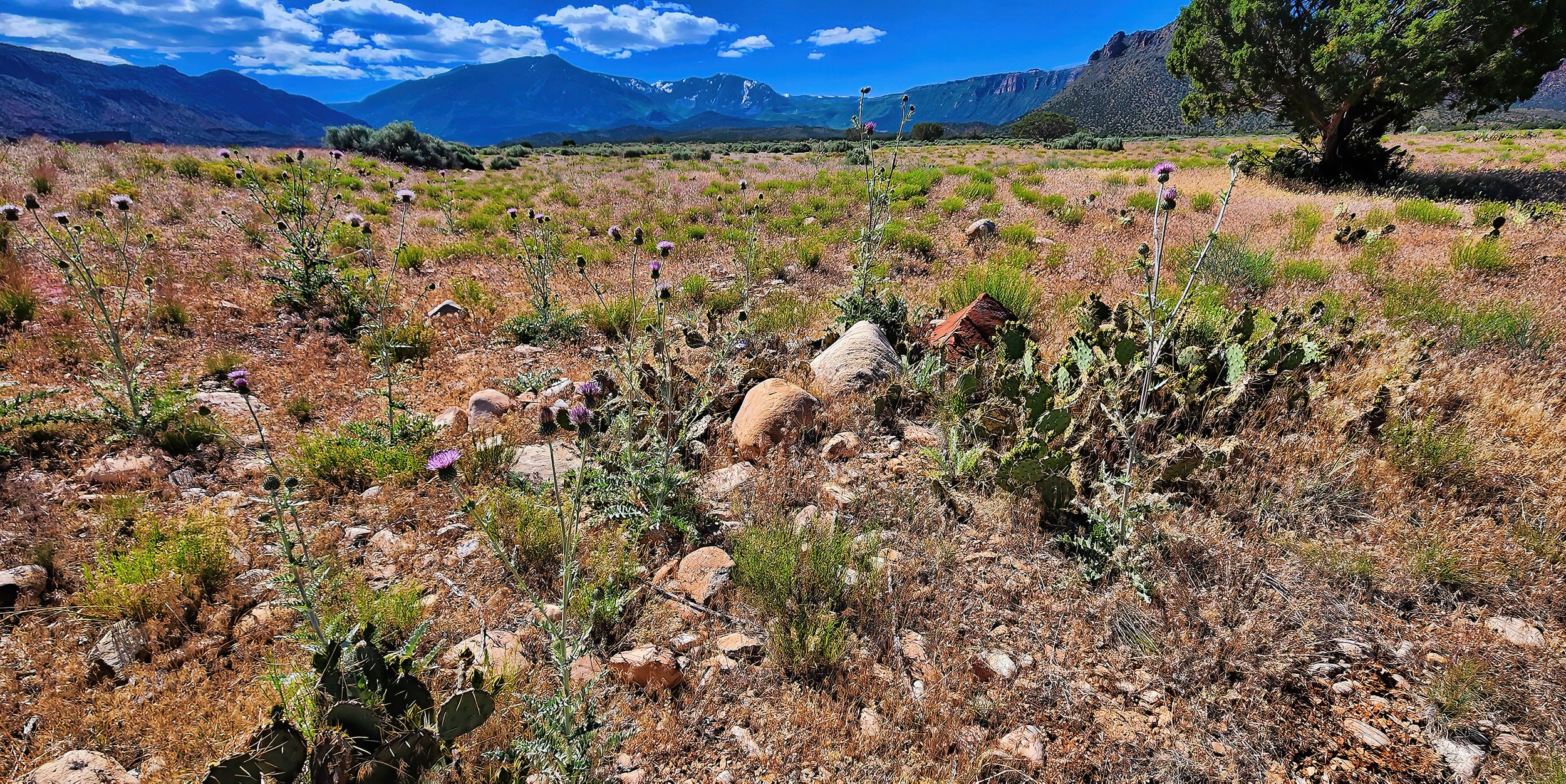of the common stinkhorn fungus is presenting itself right on schedule, triggered by autumn rains.
Common stinkhorn (Phallus impudicus).
Another emerges the day after a gentle rain.
Insects are attracted to the foul smelling head where the spores are contained.




































